Perface: Quantum computing, which can provide post-moore law period Information processing technology, is a new interdisciplinary subject produced by the combination of computing science, information science and quantum physics. It refers to the next generation of computing schemes for parallel computing with quantum state as the information carrier. And it is expected to provide new way out for the research of cryptography, catalytic chemical reaction, new material design and many other fields. It has great application potential and strategic significance. We plan to carry out relevant experimental studies in trapped ion system and atomic array ensemble. The research mainly focuses on quantum chemical simulation, namely molecular synthesis energy calculation, quantum many-body physics simulation and topological quantum computation. At the same time, our lab is accelerating the development of two-dimensional ion chips to make preparations for realizing large-scale quantum computing.
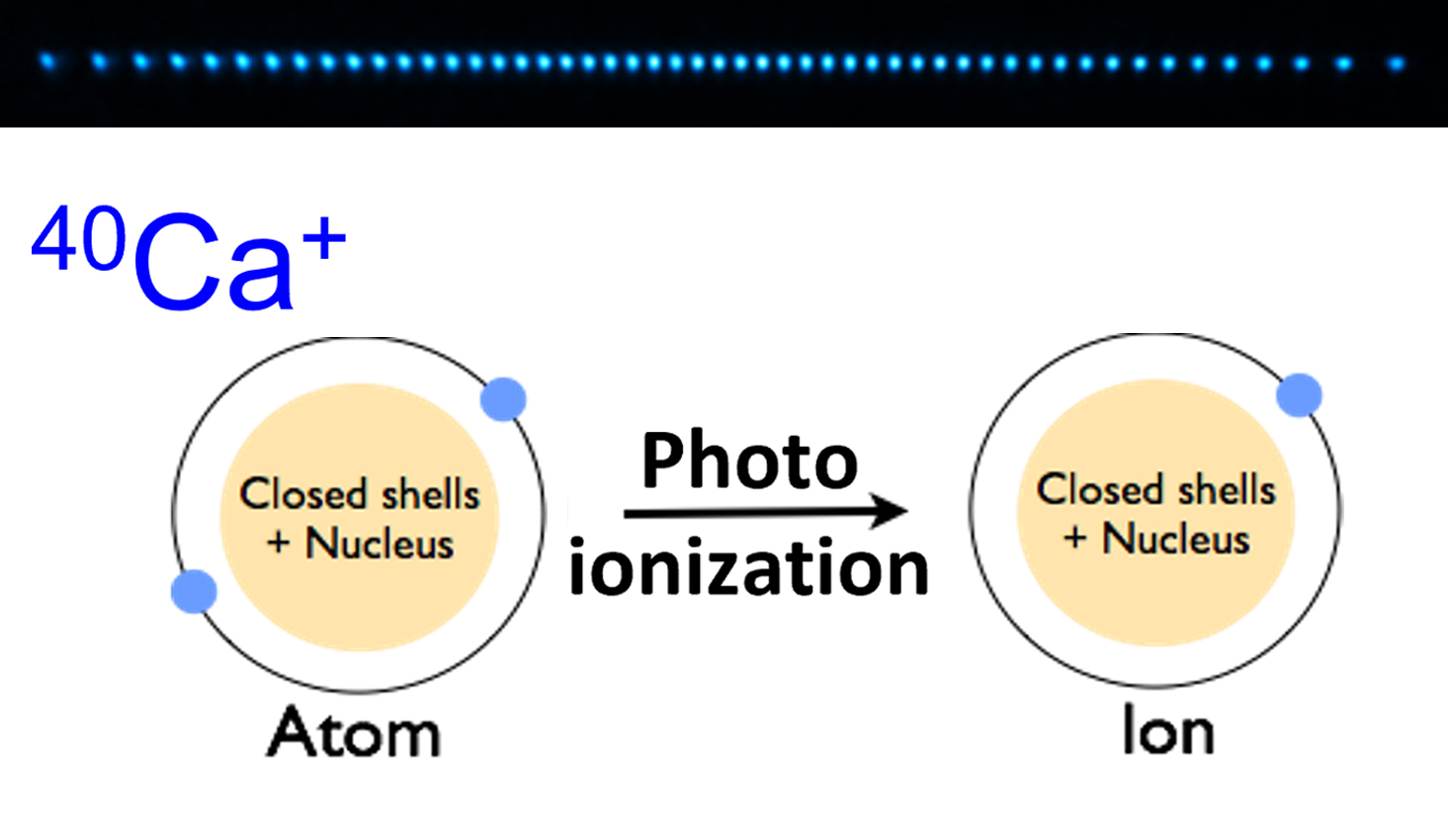
Quantum computation and simulation based on trapped ions
Ion trap is a new quantum technology developed in recent years. The linear Paul trapped ion system can control the multi-ion array effectively. Since the ions trapped in the electric field potential well can be isolated from the surrounding heat reservoir very well, the quantum state of the ions can maintain the coherence for a long time. In addition, high fidelity quantum state preparation, manipulation and detection can be realized in trapped ion system, so this system is widely considered as one of the candidates for quantum computer. In the linear Paul system, on the one hand, quantum simulation can be used to study the dynamic evolution of non-equilibrium state of quantum many body system and various strange phenomena of gauge field, to realize the simulation of spin transfer, and to explore cosmological phenomena including the information evolution process in black holes. On the other hand, after establishing the trapped ion many body interaction model, introducing the dissipation process, which is introduced by depumping light, on the basis of the previous theory, then we can describe the non-Hermitian system of the open system. Furthermore, quantum chemical calculations of complex molecular synthesis can help in the search for catalysts for chemical processes. The research of quantum algorithm and quantum error correction coding can provide support for the realization of tolerance quantum computing.
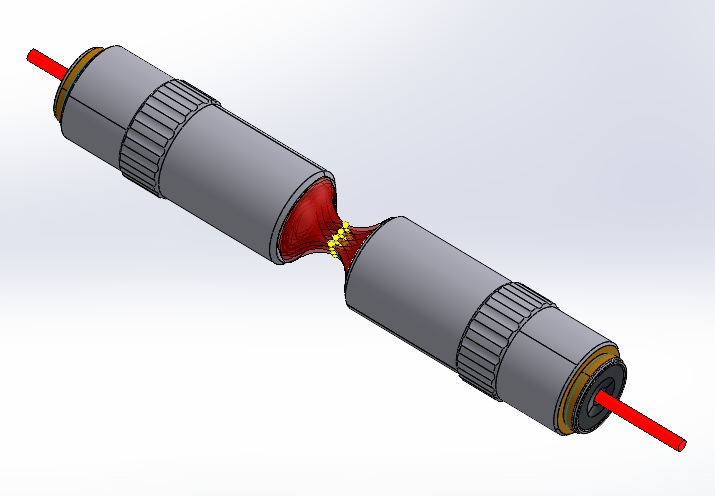
Quantum computation and simulation based on atomic array
Neutral atom array has the characteristics of controllable interaction and long coherence time, which is also considered as a potential platform to realize the quantum computation and simulation. Optical tweezer array system is an ideal scalable system by using spatial light phase modulator. Combined with the movable adjustment of AOD, the atom array can be sorting to any geometry, and the lattice spacing of the array can be arbitrary set as we demand. Through calculation and optimization, the atomic array spacing can be set under the Rydberg blockade radius range. Then the Ising model, quantum gate operations can be well demonstrated by using the long-range interaction of Rydberg atoms. Combined with the arbitrary connectivity, as well as fully programmable single-qubit rotations and mid-circuits readout, this system has shown great application for quantum computation and simulation.
Preface: Quantum precision measurement aims to achieve measurement accuracy beyond classical methods, and realize ultra-high precision measurement and sensing of magnetic field through quantum manipulation, for example, inertia, gravity, time and other physical quantities. Quantum precision measurement can be applied to national major projects such as navigation and positioning, aerospace, punctuality and resource exploration, etc. It has become an important research direction of quantum science and a hot high-tech field that is highly concerned by many countries in the world.
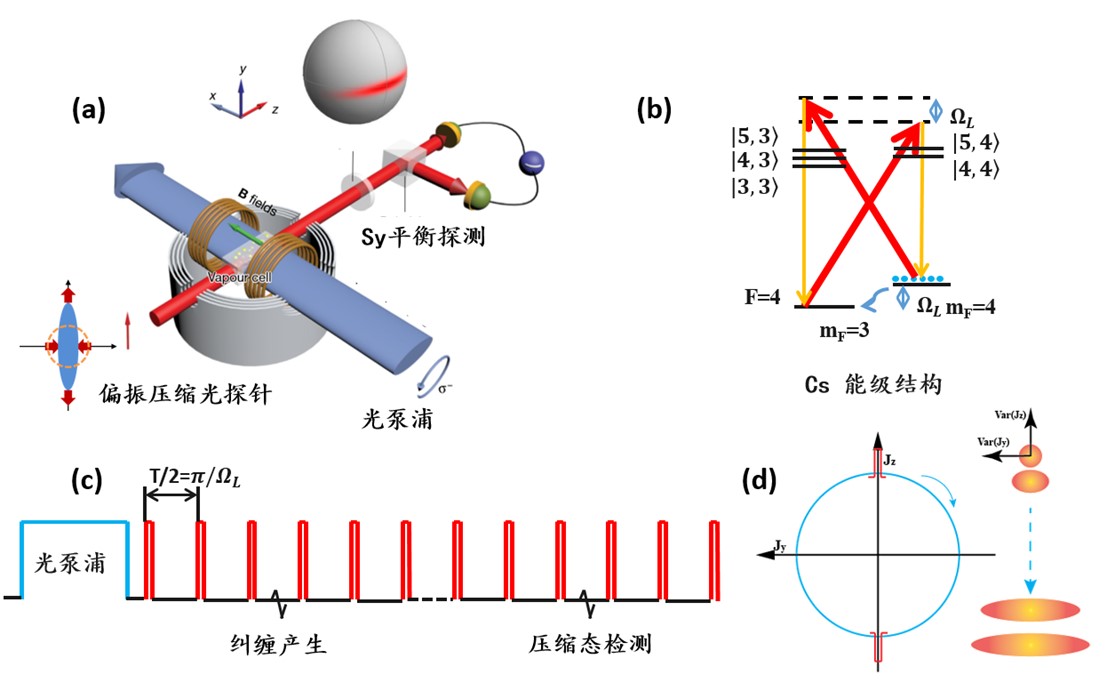
Spin squeezing in atomic ensemble
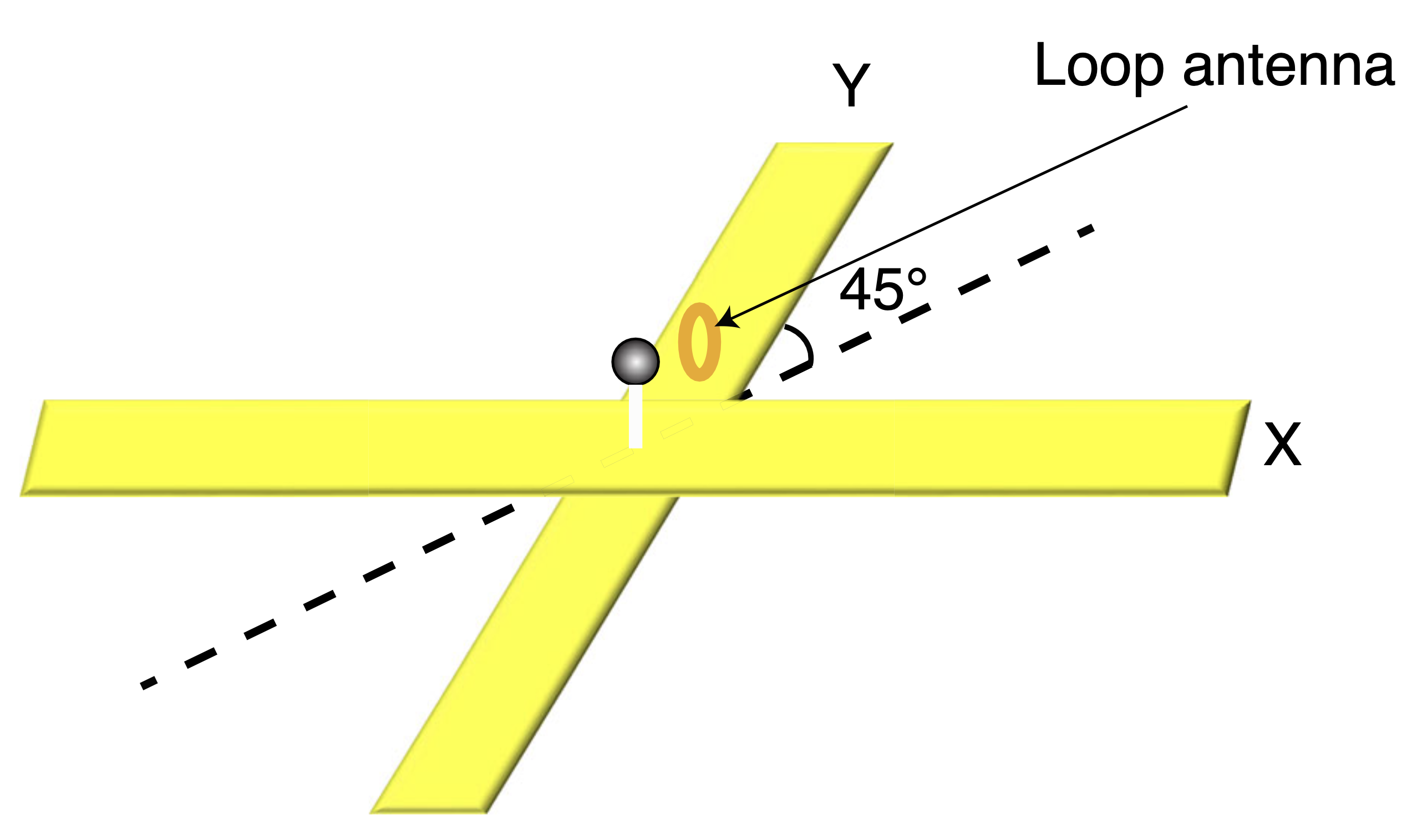
Hybrid quantum systems based on collective spin excitations in ferromagnetic materials, ferrimagnetic yttrium iron garnet (YIG)
The key building block is the coherent interaction between microwave cavity modes and spin-wave modes. Quanta of excitation of the spin-wave modes, so-called magnons, can also interact coherently with optical photons, phonons, and superconducting qubits in the fields of cavity optomagnonics, cavity magnomechanics, and quantum magnonics, respectively. On the one hand, we will start to study Anti-parity-time symmetry and synchronization of multiple ferromagnetic crystals. Multiple ferromagnetic crystals can be dissipatively coupled to each other when mediated by a common microwave cavity mode, providing a platform of anti-parity-time symmetric system. By introducing the local magnetic fields at the positon of each YIG sphere, we can make the frequency difference of magnetostatic modes. In addition, when driving the interaction stronger to realize Kerr effect, the dynamical phase transition of synchronization can be observed. on another hand, we will start to study microwave-to-optical quantum transducers. In cavity optomagnonics, magneto-optical effects allow a coupling between the magnetostatic modes and optical cavity modes, enabling, in combination with cavity electromagnonics, bidirectional conversion between optical and microwave photons.
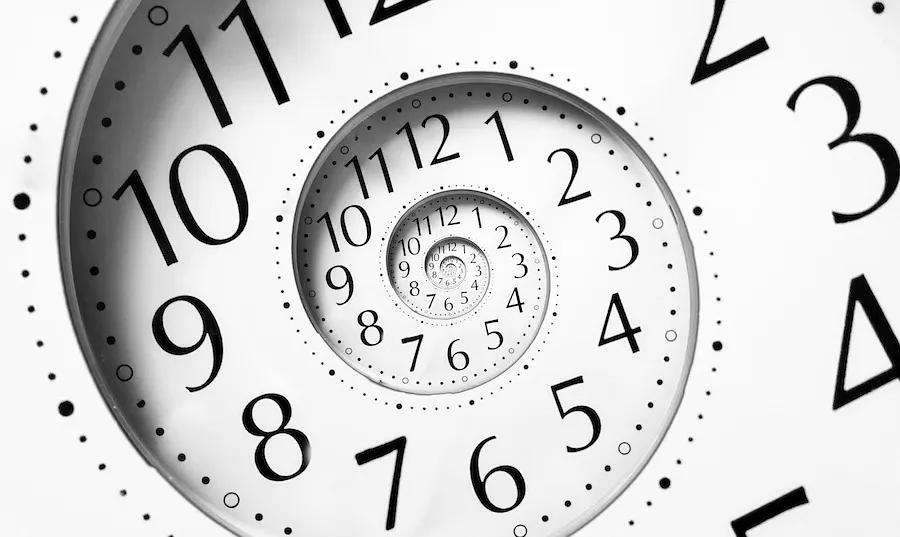
Spin squeezed optical clock array
With the development of experimental technology, the accuracy of time has been gradually improved, which has brought a very wide range of applications to ours Daily life and scientific research, such as navigation, geodesy, relativity testing, search for dark matter and so on. The basic realization principle is reducing the random motion of atoms and the influence of background noise. Based on this, optical lattice, microwave lattice, optical tweezers array and other methods are used to reduce the recoil effect of the interaction between light and atoms. Very fine atomic transition spectrum can be obtained after doing all this experimental technology. The best uncertainty record of clock so far is 10^-19, which is obtained in the strontium optical lattice. By introducing spin squeezing into optical clock experimental system, it is expected to be the next generation optical clock with better uncertainty.

